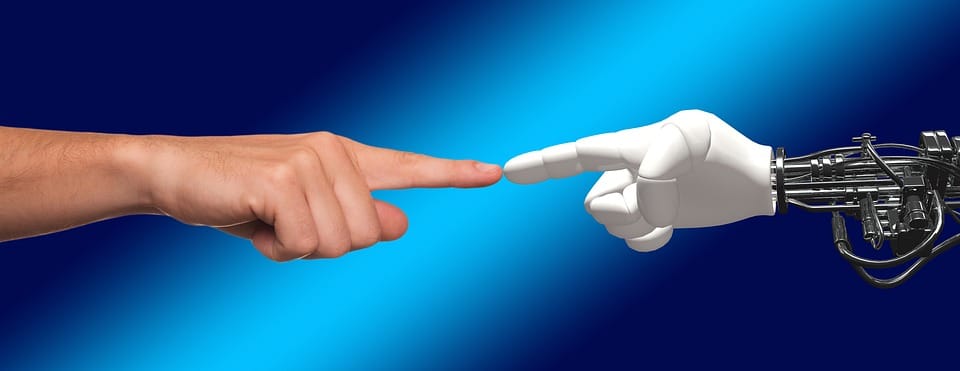
Take my robot hand
Innovation
Posted 24 Aug 2017
The manufacturing industry is currently going through a revolution. First came automation, robotics and digitalization, and now collaborative robots, or cobots, and human-machine collaboration are the next big things. But what do these innovations have to do with the manufacturing industry, and why are cobot developers experiencing an increasing demand?
In order to explain these developments in the manufacturing industry, it is important to know that production today needs to meet new demands. The market today demands client-specific production more than ever, not just mere mass production. At the same time, global competition puts manufacturers under pressure. In countries where the price of labor is high, it is important for manufacturers to automate complex procedures. This often holds true for unpleasant or dangerous procedures as well.
Companies that want to spread automation to new departments can look forward to support from collaborative robots, or cobots. Cobots help create the factories of the future. Developers like Rethink Robotics provide robots that work in numerous applications of modern production.
Cobots are considerably different from traditional industrial robots – they can work hand in hand with their human coworkers. While traditional industrial robots are caged for safety reasons, collaborative robots have protective measures, such as intrinsic security programming, flexible, elastic arms, mechanical springs, power limits and even vicinity sensors. In addition, cobots are designed from the ground up for human-machine collaboration: they do not move as fast as traditional industrial robots, they move lighter loads and their movements resemble human movements.
A further difference between cobots and traditional industrial robots is that cobots can be quickly incorporated into a workplace. They do not require complex programming and calibration on the part of their user. Any trained employee can give the correct robot new tasks within minutes. Cobots are not perfect replacements for every traditional robot, though. Traditional robots are still the best fit for high-volume, high-speed and uniform production, as well as frequently lifting heavy weights or working in extreme environments. In these areas, such as in varnishing or welding, traditional robots will continue to dominate. Collaborative robots that only lift a few kilograms of weight can automate many tasks for which traditional robots are ill-suited. They relieve humans of tasks that are repetitive or unpleasant and compliment their human coworkers’ skills. Cobots can also be used to connect task groups or extend the productivity of working hours overnight or during weekends without the presence of personnel. A typical responsibility for cobots would be to pick-and-place, such as during the endless process of packing products. Unlike their predecessors of yesterday, cobots learn quickly and can work across different platforms.
With these benefits in mind, companies receive robots that not only learn quicker, but also have the flexibility that is crucial in modern manufacturing. Flexibility is critical for manufacturers to react quickly to fluctuations in demand: if a cobot was needed in another area of production where the product demand has risen, it can be transferred there and can begin operating immediately. This flexibility is what makes human-machine collaboration profitable for businesses. When demands in production change, a user can simply move the robot to the workplace that requires it, making it possible to keep up with the needs and the tempo of a changing market.
– This article was written by Andrej Kornienko, Account Manager at HBI.
Take a look at the topics: Industry 4.0, automation, Cobots and Co.
https://www.hbi.de/en/2018/08/08/technology-innovation-trends/